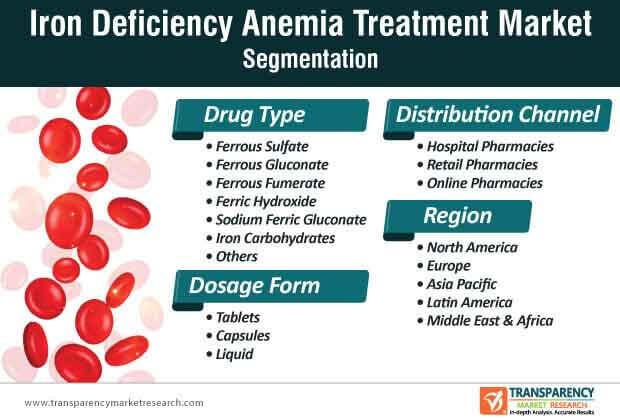introduction
Osteoporosis and orthopedic surgery are two keywords closely related to bone health in the medical field. Osteoporosis is a bone disease that easily leads to fractures and bone pain; orthopedic surgery involves the surgical treatment of bone diseases such as fractures and osteoarthritis. This article will focus on keywords such as osteoporosis, orthopedic surgery, bones, diet, osteoarthritis and medicine to provide you with a detailed analysis of these bone health problems and how to prevent and treat them through a scientific lifestyle.
main part
1. Osteoporosis and bones
Osteoporosis is a systemic skeletal disease characterized by bone loss and microstructural destruction of bone tissue. Its occurrence is related to many factors such as age, gender, genetics, diet, etc. Patients with osteoporosis are prone to fractures, and healing after fractures is slow, which brings great physical burden and economic pressure to the patients.
For the prevention and treatment of osteoporosis, on the one hand, it is necessary to improve bone density through lifestyle such as diet and exercise, and on the other hand, it is also necessary to appropriately supplement nutrients such as calcium and vitamin D. In addition, regular physical examinations and bone density tests can also help detect osteoporosis early and take timely measures.
In addition to osteoporosis, orthopedic surgery also involves many other bone diseases, such as fractures, joint dislocations, etc. Surgical treatment and rehabilitation training for these diseases are also important tasks for orthopedic surgeons.
2. Diet and bone health
Diet is one of the important factors in maintaining bone health. Foods rich in minerals such as calcium, phosphorus, and magnesium can help increase bone density and prevent osteoporosis. For example, foods such as milk, tofu, and deep-sea fish are rich in calcium, while foods such as spinach, nuts, and lean meat are rich in magnesium.
On the contrary, poor dietary habits such as high salt, high sugar, and lack of vitamin D may aggravate the symptoms of osteoporosis. Therefore, it is important to maintain a balanced diet and get enough nutrients, especially calcium and vitamin D, to maintain bone health.
3. Osteoarthritis and medicine
Osteoarthritis is a common bone disease, mainly caused by wear and tear of articular cartilage and bone hyperplasia. The main symptoms of osteoarthritis include joint pain, stiffness, and limited mobility, which have a serious impact on patients' lives.
Medical treatments for osteoarthritis include medication, physical therapy, and exercise therapy. In terms of drug treatment, doctors will prescribe non-steroidal anti-inflammatory drugs, cartilage protectants, etc. according to the patient's condition; physical therapy includes hot compresses, cold compresses, electrotherapy, etc., which can relieve pain and stiffness symptoms; exercise therapy includes joint mobility training and muscle strength training. Training, etc., can help improve joint function.
in conclusion
There is a strong connection between osteoporosis, orthopedic surgery, bones, diet, osteoarthritis and medicine. By understanding the relevant knowledge of these keywords, we can better pay attention to the bone health of ourselves and our families, and prevent and treat bone diseases.
In daily life, we must develop good eating habits, consume more foods rich in calcium, phosphorus, magnesium and other minerals, and pay attention to appropriate vitamin D supplements. In addition, regular bone density examinations and timely detection and treatment of osteoporosis and other bone diseases are also important measures to maintain bone health.
For patients who already suffer from osteoarthritis or other bone diseases, standard treatment should be carried out according to the doctor's recommendations, supplemented by physical therapy and exercise therapy to relieve symptoms and improve joint function.
In short, paying attention to bone health should become an important topic for each of us. Through scientific lifestyle and timely therapeutic intervention, we can enjoy healthy bones and create a better quality of life.



